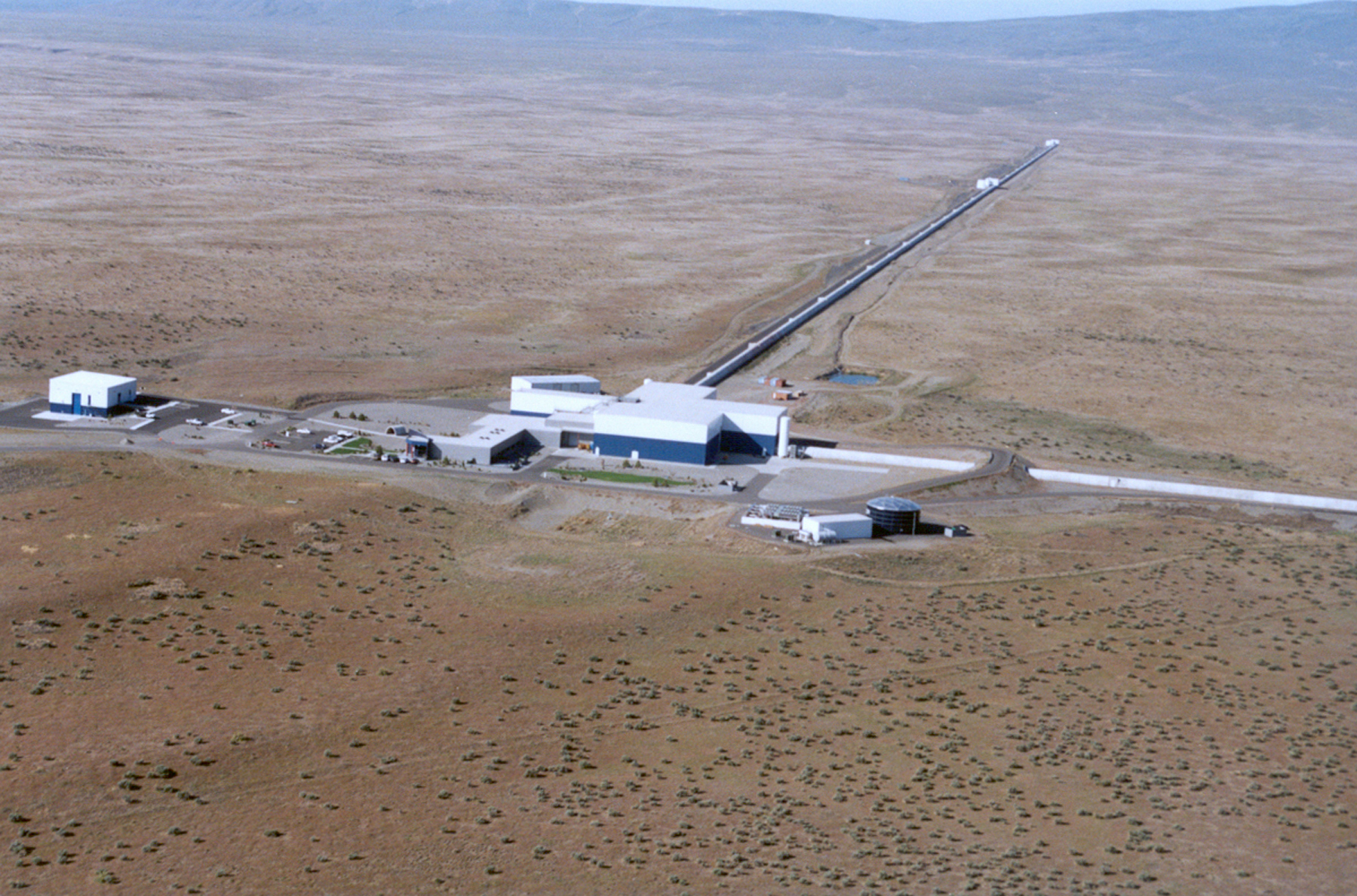
|
Michigan Gravitational Wave Group | 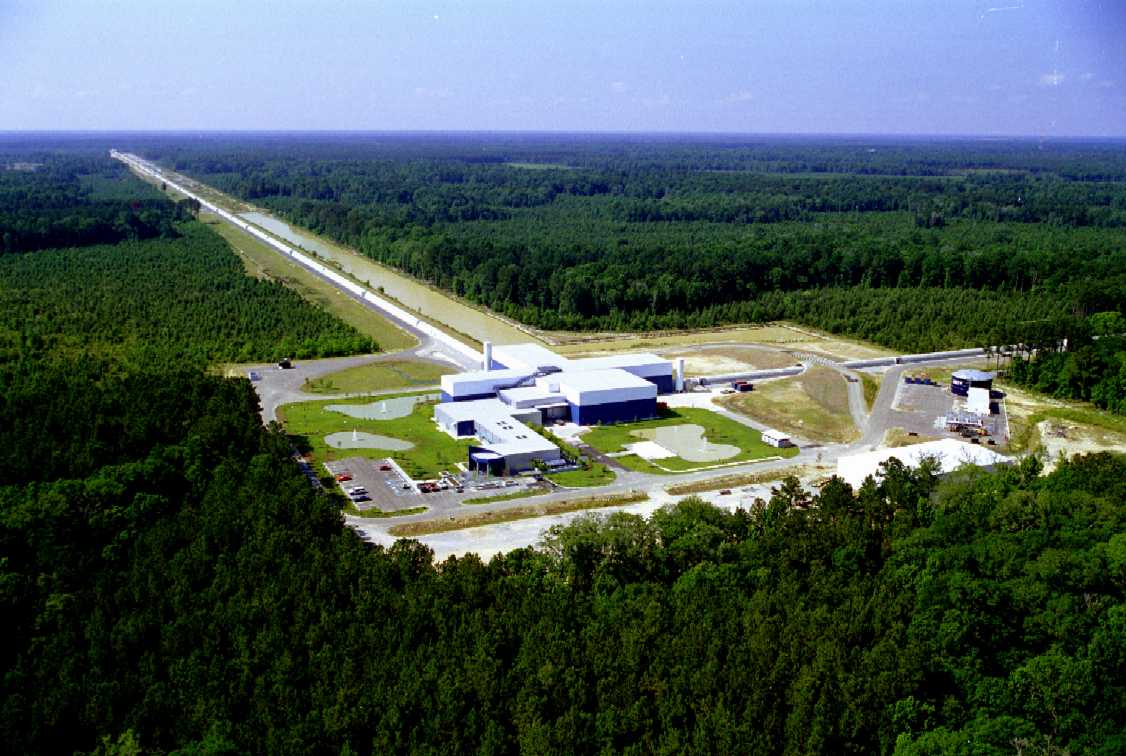
|

|
Michigan Gravitational Wave Group | 
|
The Michigan Gravitational Wave Group (MGWG) carries out research using the Laser Interferometer Gravitational-Wave Observatory (LIGO), a pair of facilities in Hanford, Washington and Livingston, Louisiana, funded by the National Science Foundation. These observatories host 4-km-long Michelson interferometers designed to detect truly minute ripples (smaller than 1 part in 1021) of space itself, caused by violent astrophysical processes far away in our own galaxy or in distant galaxies.
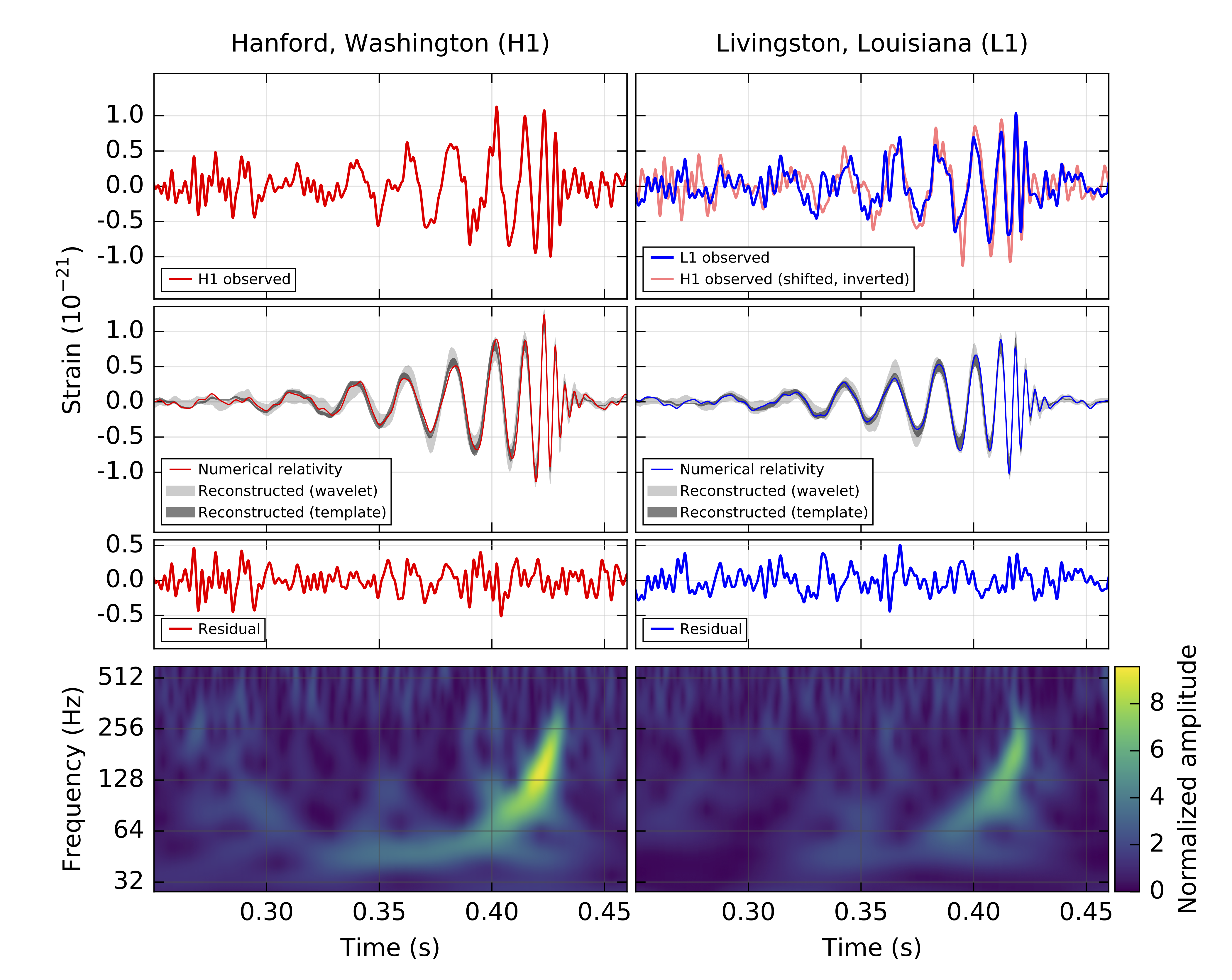 |
On September 14, 2015, gravitational wave signals were detected
simultaneously at the LIGO Hanford and Livingston Observatories,
signals produced by the merger of two massive black holes about
1.3 billion years ago (~60 solar masses in total).
This groundbreaking discovery was both the first direct detection of gravitational waves and the first observation of binary black hole systems. The discovery was announced and published in Physical Review Letters on February 11, 2016. |
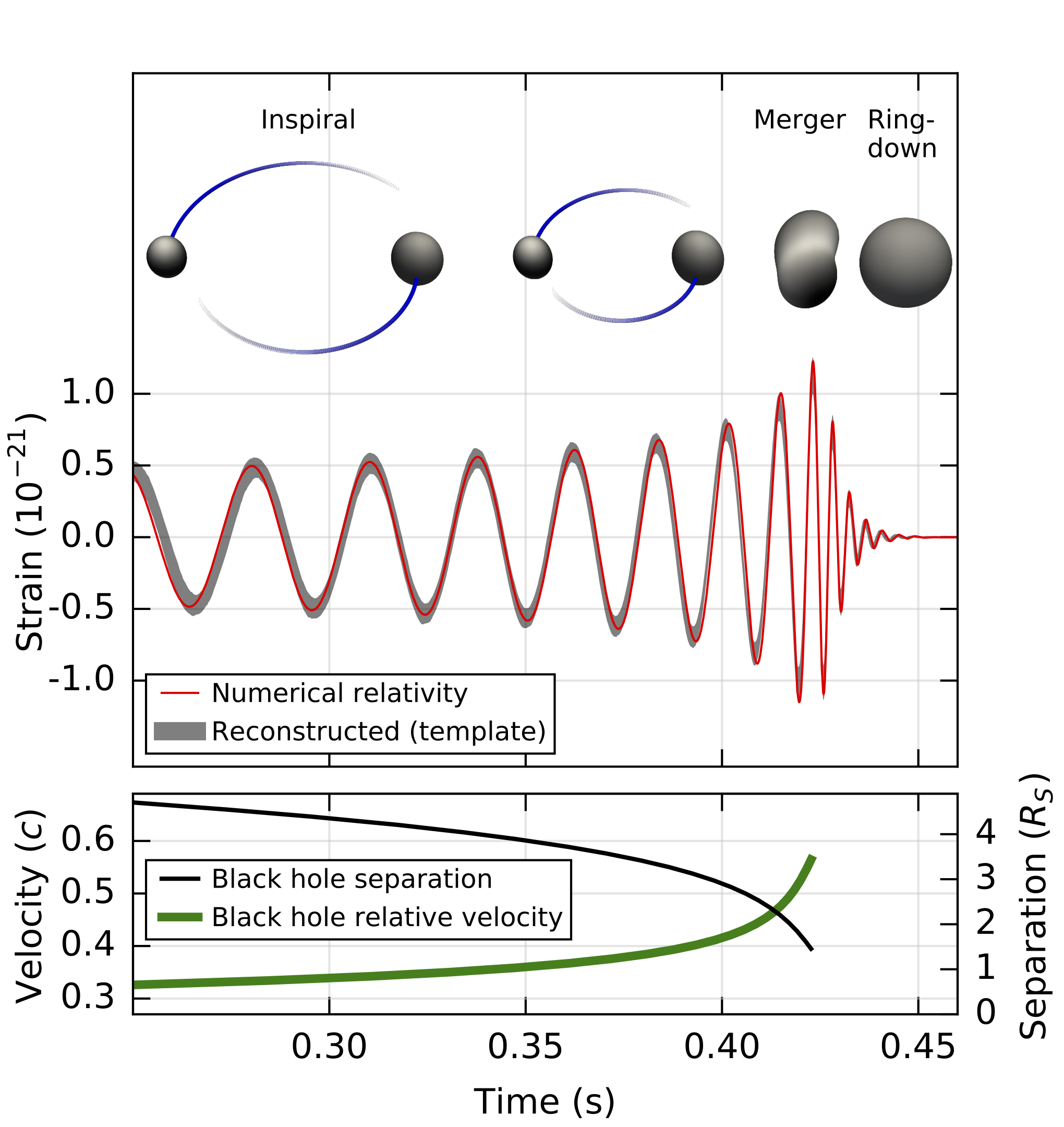 |
| On December 26, 2015, gravitational wave signals were definitively detected for the second time, this time from black holes of ~20 solar masses in total. This detection was announced and published in Physical Review Letters on June 15, 2016. |
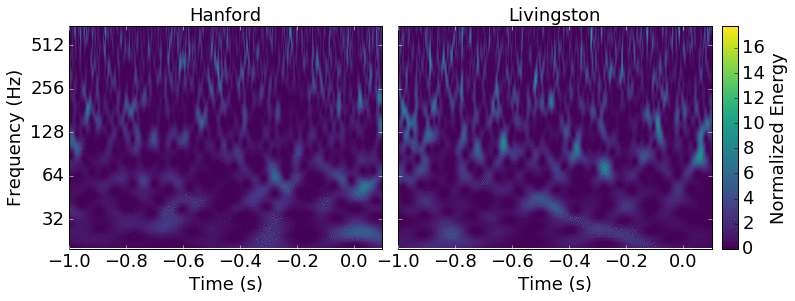 |
| On January 4, 2017, gravitational wave signals were definitively detected
for the third time, this time from black holes of ~50 solar masses in total.
This detection was announced and published in Physical Review Letters
on June 1, 2017.
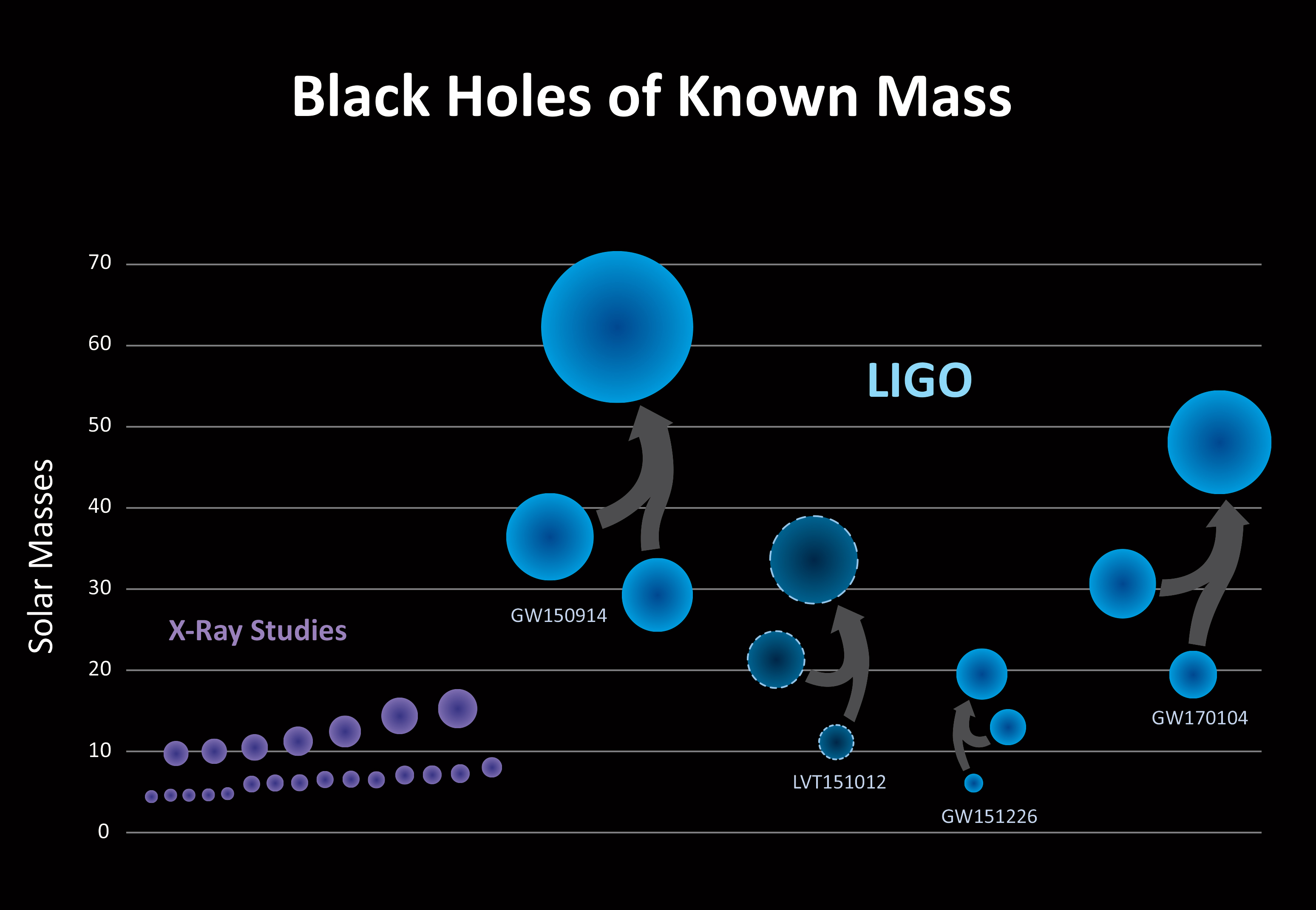
| 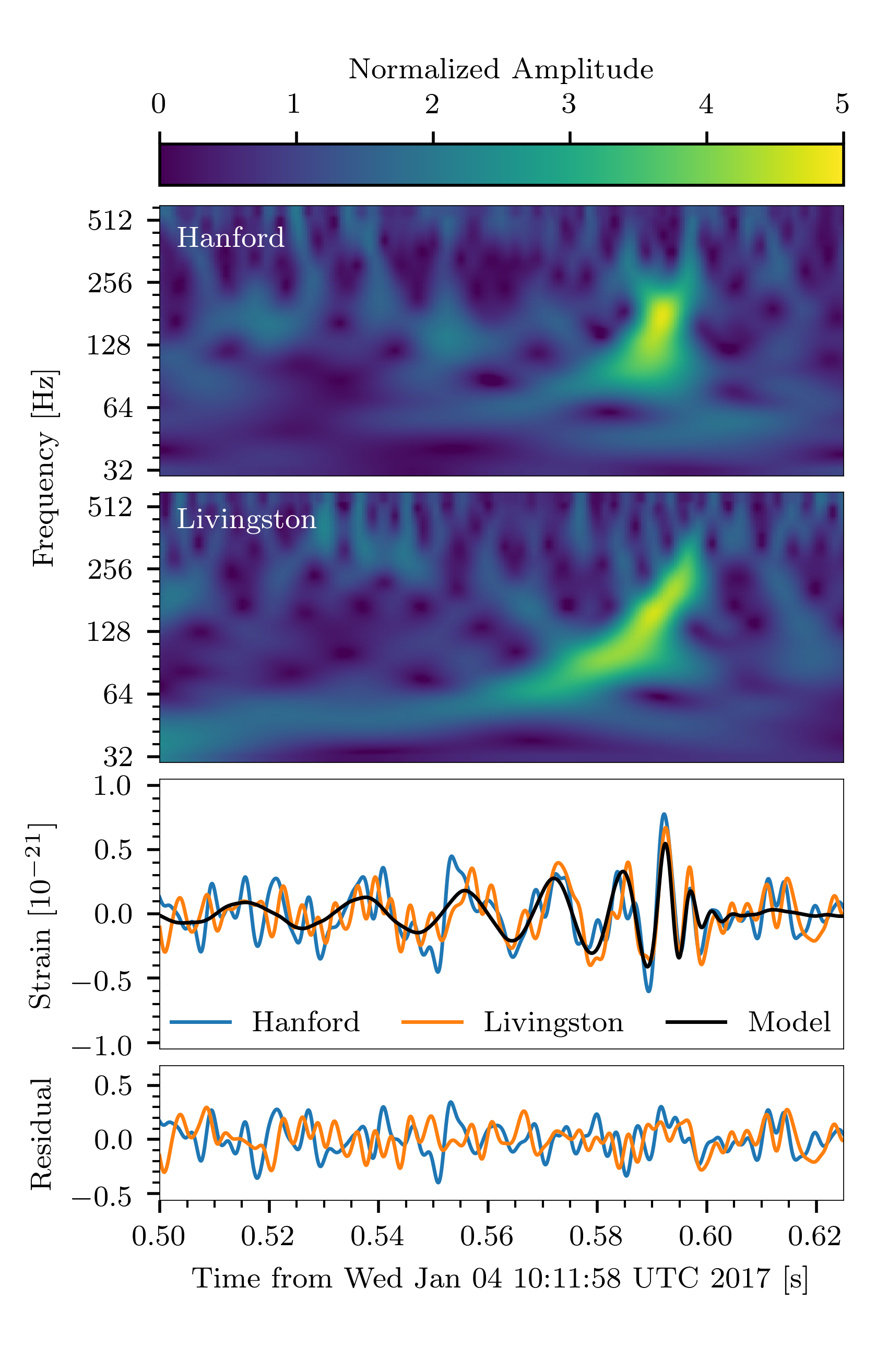 |
First Detection of a Binary Neutron Star Merger -- GW170817
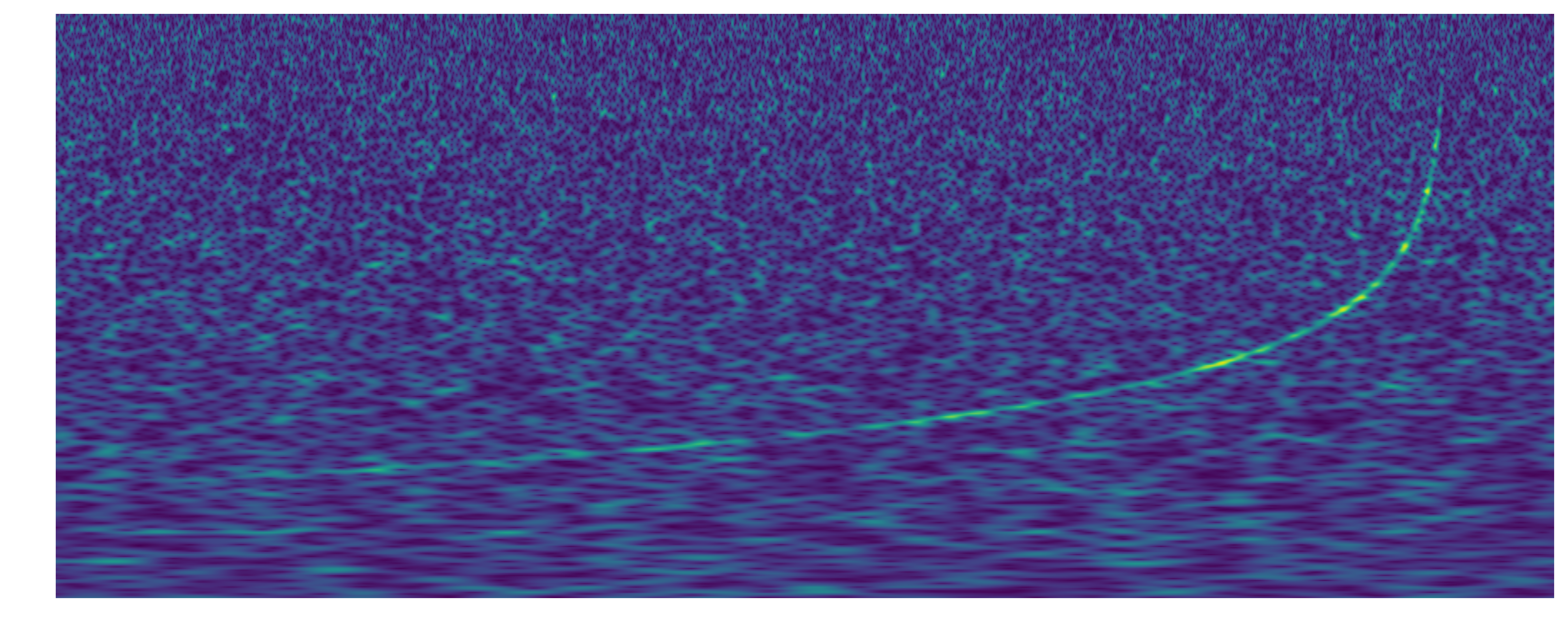
|
The MGWG focuses mainly on the search in the Advanced LIGO data (September 2015 onward) for continuous gravitational waves emitted by rapidly spinning neutron stars in our galaxy. K. Riles served for nine years as Co-Chair of the LIGO Scientific Collaboration's Continuous Waves Search Group. The MGWG has developed two powerful analysis programs for carrying out all-sky searches for unknown neutron stars -- PowerFlux (dissertation work by V. Dergachev) for isolated neutron stars and TwoSpect (dissertation work by E. Goetz) for binary neutron stars. Riles has written a brief review (2017) and a comprehensive review (2023) of searches for continuous gravitational waves, along with a pre-discovery overview of gravitational wave science (2012). The MGWG has also helped pioneer the use of gravitational wave detectors to search directly for ultralight dark matter. Members of the MGWG have also contributed to detector characterization, particularly to understanding and mitigating spectral line artifacts that degrade sensitivity to continuous waves.